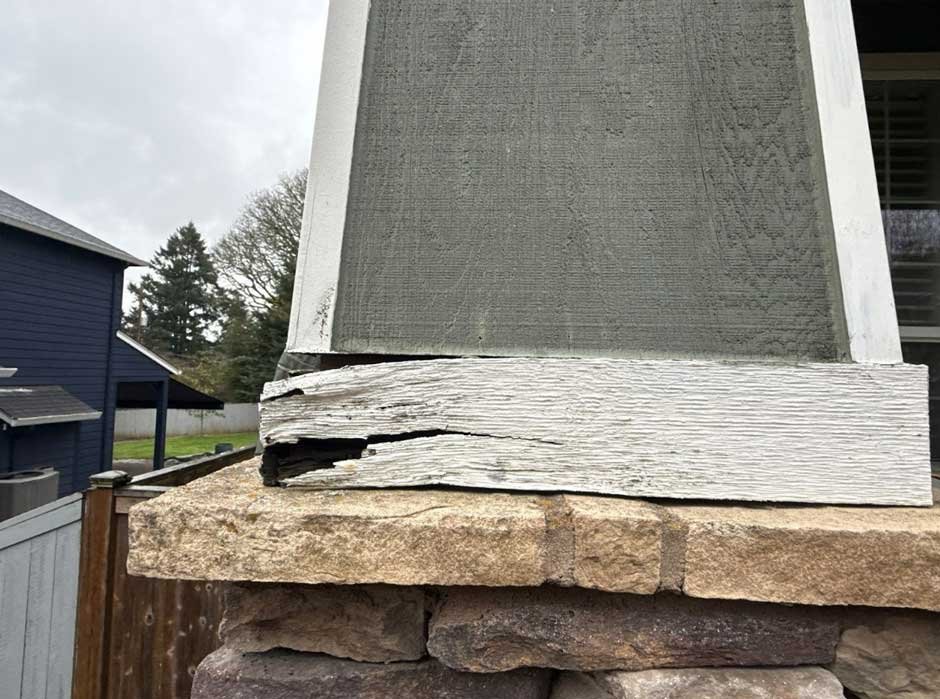How Gutters and Foundations Are Unexpectedly Connected
Gutters may seem inconsequential in the grand scheme of home maintenance, yet their role in protecting the foundation is critical. These systems manage the flow of rainwater, channeling it away from the home’s perimeter. When gutters malfunction—whether due to clogs, improper installation, or wear—they may allow water to pool near the base of a structure.
Excess moisture can seep into the soil, destabilizing it and leading to uneven pressure against the foundation walls. Over time, this stress can lead to cracks that compromise the building’s structural integrity. Connecting the dots between gutters and foundations highlights how seemingly minor issues can escalate into serious damage.
Understanding the Function of Gutters: More Than Just Rain Management
Gutters serve a critical role in protecting structures by directing rainwater away from the roof and foundation. Unlike their simple appearance, they are integral to preserving a home’s structural integrity. Properly installed gutters prevent water accumulation that can seep into building materials, causing rot or mold growth. They also minimize erosion in landscaping and prevent soil displacement around the foundation.
By channeling water to designated drainage areas, gutters reduce hydrostatic pressure on basement walls, which if unchecked, can lead to cracks. Additionally, they shield exterior walls from staining and damage caused by cascading water. Their operation is essential for long-term durability.
What Happens When Gutters Fail: Water and Its Path to Destruction
When gutters fail, water flows unchecked, creating a cascade of potential problems. Instead of being directed safely away, rainfall pools around the foundation. This oversaturation of soil exerts hydrostatic pressure on the foundation, leading to cracks. Erosion becomes another concern as the displaced soil destabilizes structures.
Water seeping through cracks can lead to basement flooding, creating conditions ripe for mold and mildew. Prolonged exposure to moisture weakens concrete and causes gradual deterioration. Wooden structural components may rot, compromising the integrity of the home.
Freeze-thaw cycles exacerbate these issues in colder climates. Trapped water freezes, expanding and widening the initial cracks with each cycle.

The Science Behind Water Damage and Foundation Cracks
Water infiltration plays a critical role in the formation of foundation cracks. Soil expansion and contraction, driven by moisture levels, exerts immense pressure on a home’s foundation. When gutters fail to direct rainwater away, pooling occurs near the base of the structure. This water seeps into the soil, causing it to saturate and swell. During drier seasons, the soil shrinks, creating voids around the foundation.
Additionally, hydrostatic pressure builds as water accumulates, straining foundational walls. Over time, these stressors result in cracks. Left unchecked, repeated cycles of saturation and drying worsen the damage, increasing structural vulnerability significantly. This process underscores the importance of effective drainage systems.
Warning Signs: How to Identify Gutter and Foundation Problems Early
Recognizing the early indicators of gutter and foundation issues can prevent costly repairs and extensive damage. Some common warning signs include:
- Water Pools Near the Foundation: Pools of water around the home’s perimeter suggest gutter drainage problems. This can lead to foundation weakening over time.
- Cracks in Walls or Floors: Vertical or horizontal cracks inside the house signal potential foundation stress, often linked to improper water management.
- Sagging Gutters or Overflowing Water: Gutters pulling away from the roof or spilling over during rain indicate blockages or inadequate installation.
- Mold or Mildew Growth: Excessive moisture from ineffective gutters may cause mold along basement walls or near the foundation.
- Shifting or Uneven Floors: Noticeable slopes in flooring may point to a compromised foundation.
Early detection is key to safeguarding structural integrity.
Preventive Measures: Maintaining Gutters to Protect Your Foundation
Proper gutter maintenance is crucial in preventing foundation damage caused by water accumulation. Homeowners should routinely inspect gutters for debris such as leaves, dirt, and twigs that may obstruct water flow. Regular cleaning, typically every spring and fall, ensures efficient drainage. Installing gutter guards can reduce debris buildup, making maintenance more manageable.
Checking for leaks or cracks in the gutter system is equally important, as damaged gutters can redirect water toward the foundation. Downspouts should be positioned to guide water away from the home, with extensions or splash blocks used to prevent pooling near the base. By prioritizing gutter care, potential foundation issues can be minimized.
Professional Inspections: When to Call in the Experts
When gutter issues and foundation cracks appear linked, a professional inspection ensures proper diagnosis and targeted solutions. Experts should be contacted if:
- Persistent water pooling occurs near the foundation despite cleaning gutters.
- Large cracks in walls, floors, or the foundation show signs of growing over time.
- Uneven floors, sticking doors, or windows indicate structural shifting.
- Gutters sag, leak, or overflow consistently, suggesting deeper drainage problems.
- Mold, mildew, or excessive moisture appears in basements or crawl spaces.
Professionals utilize advanced tools such as moisture meters, foundation lasers, and hydrostatic testing. Their expertise identifies the root causes, whether faulty gutters, grading issues, or underground drainage problems.
Conclusion: Why Gutters Are Your Foundation’s First Line of Defense
Gutters serve as a critical barrier between a building’s foundation and the damaging forces of water. By directing rainwater away from the base of a structure, they prevent soil erosion, hydrostatic pressure buildup, and water pooling around the foundation. This proactive water management minimizes the risk of cracks caused by shifting soil or excessive moisture. Properly functioning gutters also reduce the likelihood of water seeping into foundation walls, which can weaken the structure over time. Without gutters, heavy rainfall overwhelms the soil’s capacity to drain, leading to instability. Regular gutter maintenance ensures their effectiveness in protecting a home.
